What is canicross – and how do I get started?
A guide to canicross, a fast-growing trail running sport that combines human and dog for the benefit of both
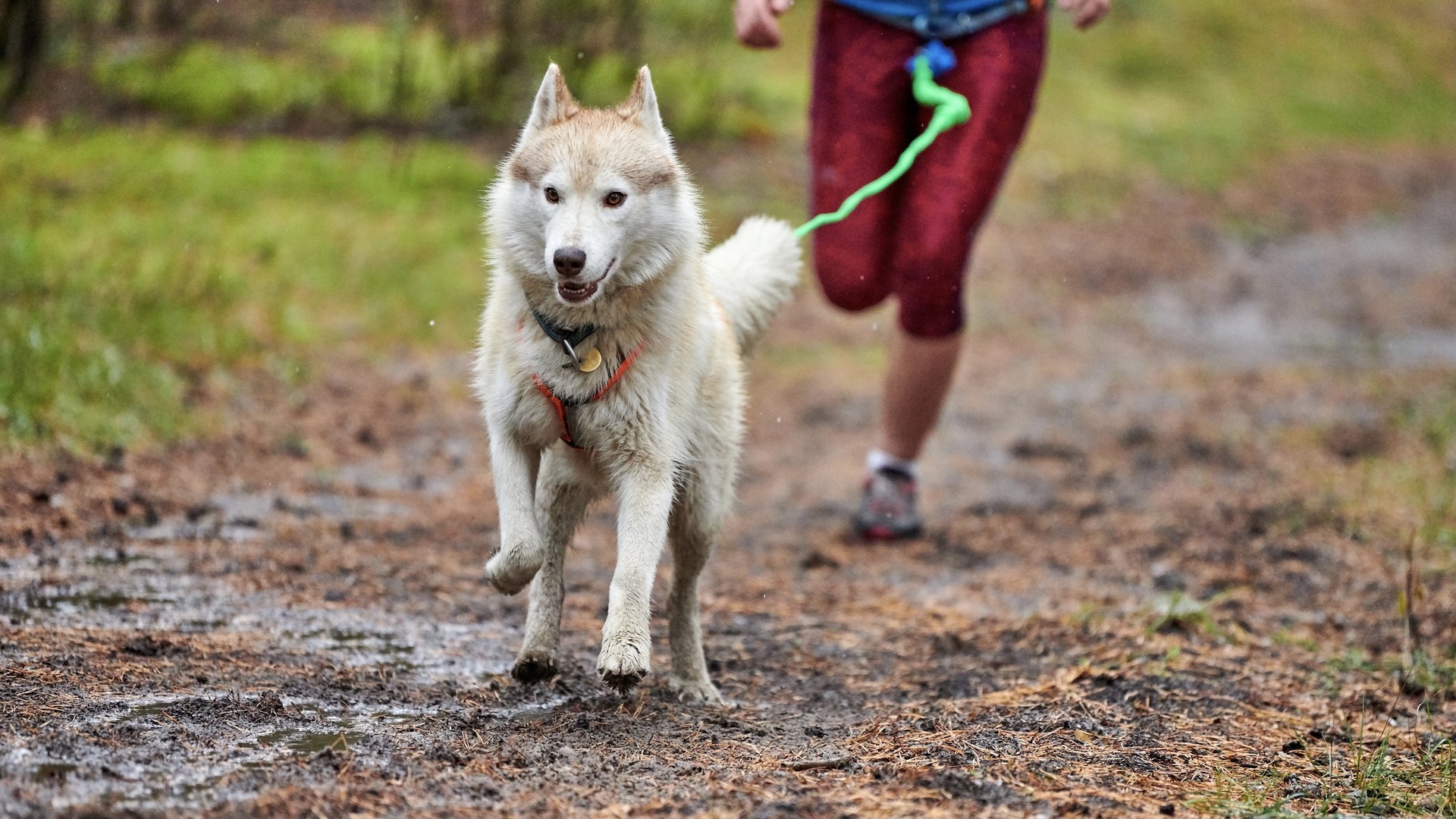
If you like trail running and you have a dog, canicross could be your ideal activity. Canicross is best described a hands-free running-based activity with humans and dogs leashed together for extra power and enjoyment.
It is a popular sport and the chances are there will be a canicross club somewhere near where you live. In addition, there are canicross races of different lengths to enter.
But how do you get started with canicross – and how do you know if it's the right activity for you and your dog?
Where did canicross start?
Canicross is said to have originated as a way to train in the "off season" for mushing (dog sledding). It is similar to skijoring, where people ski with their dog pulling them, and bikejoring, where people cycle off-road with their dog pulling at the front.
Today, canicross is a sport in its own right. Canicross offers a way to keep yourself and your dog or dogs fit. The option to race allows owners and dogs to enjoy competition and to meet likeminded people.
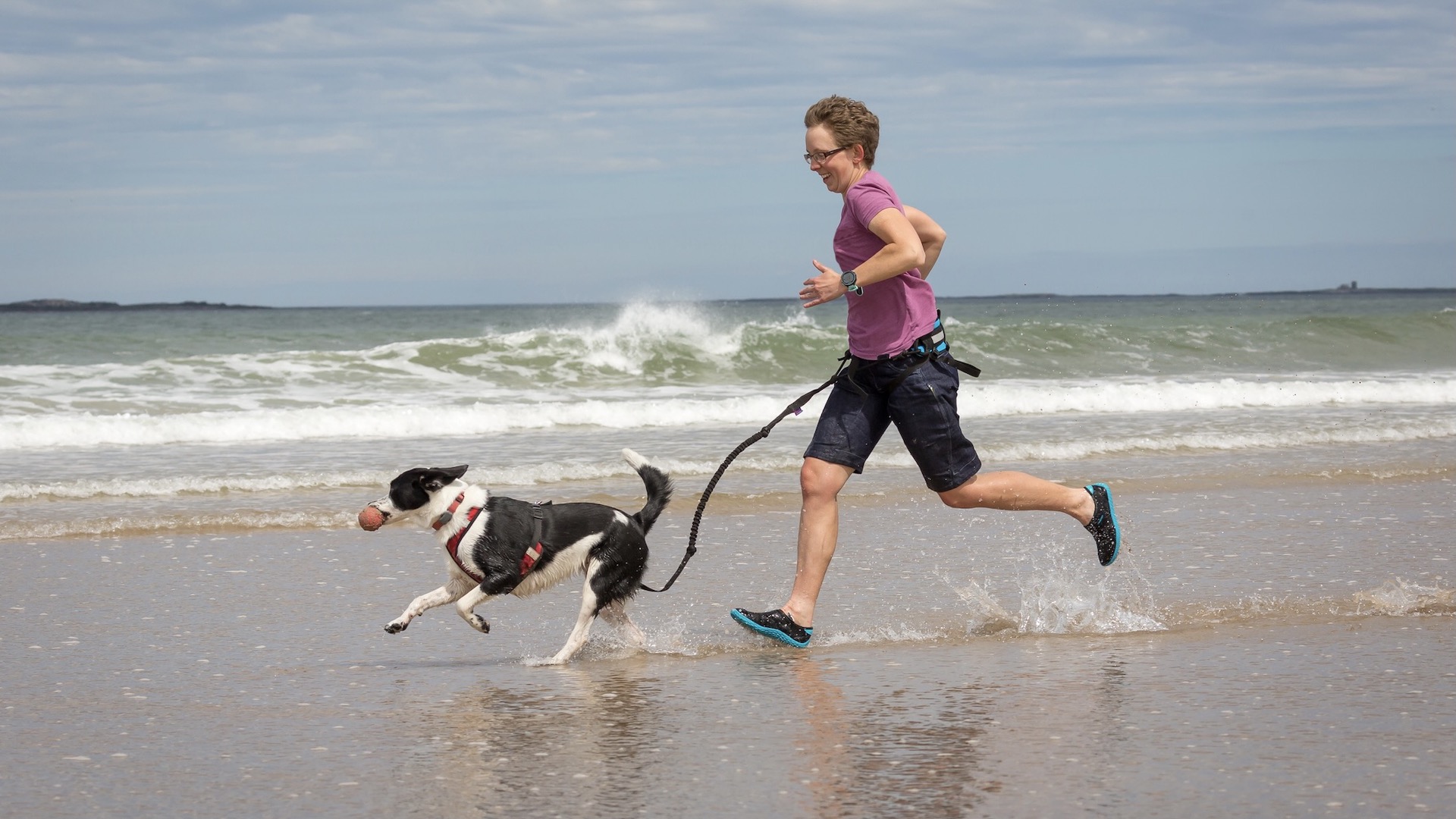
What is canicross?
Cani-cross is a human-and-dog team sport. The dog is leashed to the person with the dog at the front running ahead. The person gains extra power from the dog.
It is a hands-free activity because the canicross leash is fixed around your waist and attached to the dog on a harness. Canicross usually takes place on off-roads trails and paths and is similar to trail running but with the aid of dog power.
All the latest inspiration, tips and guides to help you plan your next Advnture!
Cani-cross can be enjoyed by people of all ages and fitness levels. Although, you should note that you do need to be able to keep up with your dog, or have the power of command or the strength to pull the dog back to your speed.
Many dogs enjoy cani-cross but not all breeds are suitable. Plus dogs should like the company of other dogs and people.
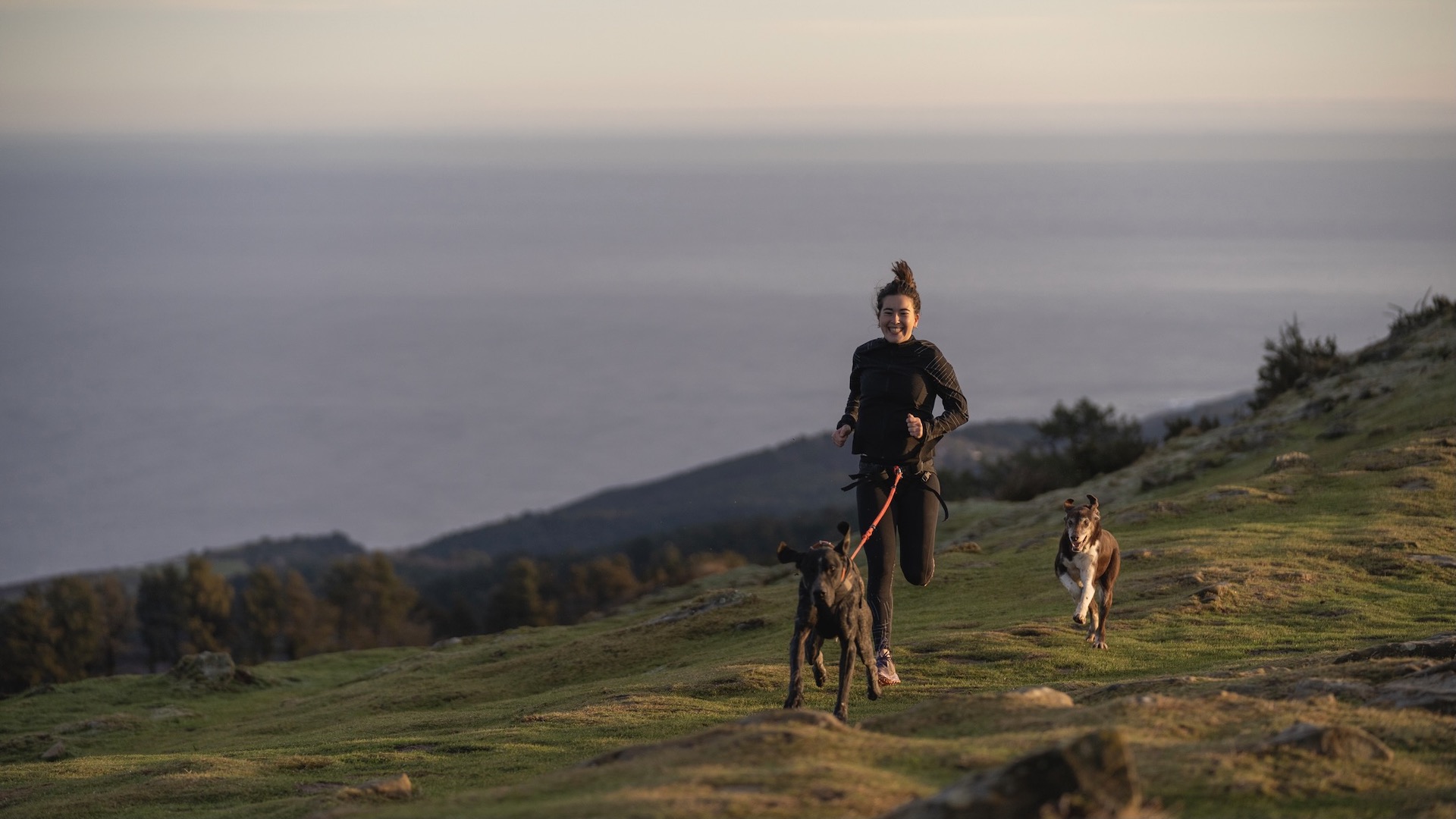
Is canicross for me?
Champion canicrosser Lindsay Johnson is based in Scotland and describes how she became involved in the sport. She said: “I first saw the sport at a dog-sledding event in the south of Scotland. I thought it would be great for a young Alaskan malamute [one of the best dogs for runners] that I owned.
“Canicross just made sense to me because it was an obvious way to give both owner and dog exercise. Instead of going to the gym and walking my dog at another time, I combined the two things and started running with my dog.”
When Lindsay couldn’t find a club or a way to train with others locally, she set up her own business, Cani-Fit, offering canicross training sessions, coaching and advice.
The sessions allow people to come together to learn about canicross techniques and also how to become faster and stronger as an owner-and-dog team.
How to get started at canicross
Canicross requires some basic equipment. First you need a special dog harness that fits around the dog and stops the canicross lead, which is attached around the owner’s waist, from becoming entangled in their legs.
The lead is elasticated, like a bungee line, so that if either the person or the dog stops suddenly, neither one is jolted uncomfortably.
Canicross participants wear their favourite trail running clothing, including running tights and running jacket, and trail running footwear.
Most breeds of dog enjoy canicross although some flat-faced (brachycephalic), such as pugs or bulldogs, may have breathing difficulties if the running is too hard or fast.
Some of the most popular canicross breeds include Weimaraner, German shorthaired pointer and Border collies.
Dogs must be at least 12 months old before they are allowed to take part in organised events.
Lindsay said: “It’s important that dogs are fit and mature enough to enjoy running up to five kilometres at a time. Like people, dogs will need time and exercise to improve their strength and cardiovascular fitness.”
Owners and dogs can run on their own or, for motivation and tips, they can join a canicross meet-up group or a more structured training session. Racing or taking part in challenges is the next step for many cani-crossers.
Find out more at: Canicross UK, Cani Cross Trail Runners and International Canicross Federation.
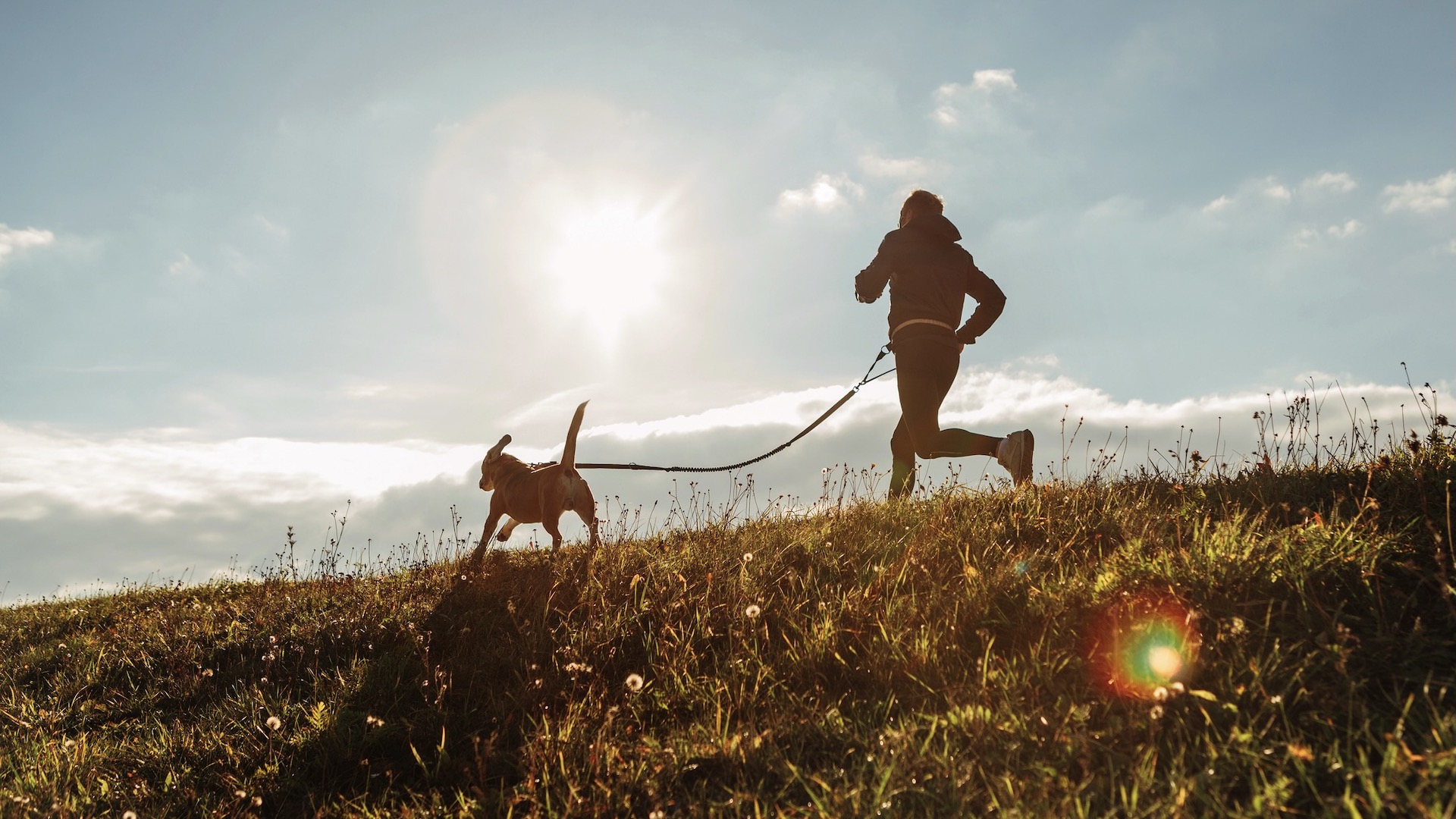
The benefits of canicross for runners
Canicross has obvious benefits such as improved fitness for both human and dog. Running faster with a dog improves stamina, endurance and strength, too.
It is a good use of time, too, because canicrossers can exercise their dogs as well as exercising themselves. Dogs need regular exercise to stay fit and healthy, just like their owners, so canicross is a great solution.
Canicross is also a brilliant way to improve the bond between human and dog.
In addition, many canicross participants become friends and there is a community aspect to the sport.
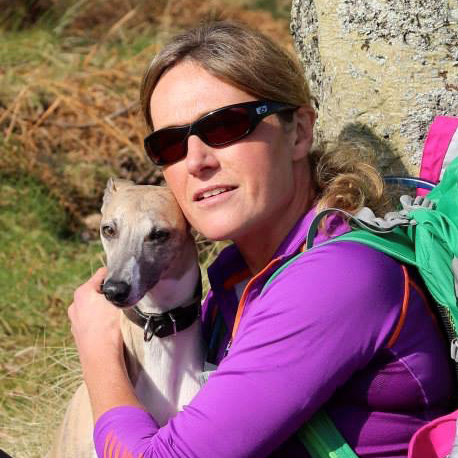
Fiona Russell is a widely published adventure journalist and blogger, better known as Fiona Outdoors. She is based in Scotland and is an all-round outdoors enthusiast with favorite activities including trail running, mountain walking, mountain biking, road cycling, triathlon and skiing (both downhill and backcountry). Aside from her own adventures, Fiona's biggest aim is to inspire others to enjoy getting outside and exploring, especially through her writing. She is also rarely seen without a running skort! Find out more at Fiona Outdoors.
